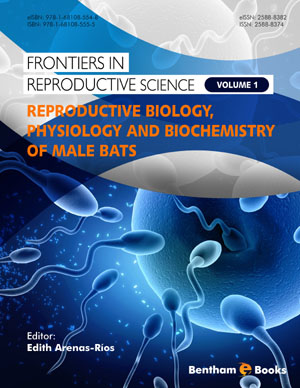Abstract
An ecological study of the hispid hare Caprolagus hispidus was conducted at Jaldapara Wildlife Sanctuary, West Bengal. Hispid hare is a shy and reclusive species found to have living in the tall grassland habitats of Jaldapara Wildlife Sanctuary in northern West Bengal, apart from Dudwa and Manas in India. Due to its habit of living in the places where the height of grasses are more than 3 meters direct sighting was difficult. Hence, I tried to assess its population in Jaldapara indirectly by enumerating pellet density. Strip-transects (N=107) were laid randomly in tall grassland patches where fresh and old pellets of the hispid hare were found. Out of the total of 107 transects laid, 95 (89%) had pellet clusters of hispid hare, and the occurrence of pellet clusters varied significantly between transects. Pellet density varied from 0.01/m2 to 20.8/m2; tall grassland patches along the Torsa River had the least as well as the greatest number of pellets per sq.m, and were dominated by Saccharum spontaneum grass and some weeds. Occurrence of different size class pellets varied significantly within transects depicting different animals living in different localities. The mean length of the pellets also fluctuated. The density of hispid hare in Jaldapara was 1/0.115 sq.km. The short vegetation, ground cover and tall vegetation together determined the occurrence of hispid hare in Jaldapara WLS. The main aim of this study was to give recommendations to the authorities in managing the habitats for hispid hare and other related species in India and Nepal.
Keywords: Hispid hare, India, density, Caprolagus hispidus, Saccharum spontaneum, pellets, jaldapara, grasslands, West Bengal, terai, duars, S. munja, transects, Indian hare, conservation, Mikania sp., ground cover, occurrence, distribution, River Torsa.








